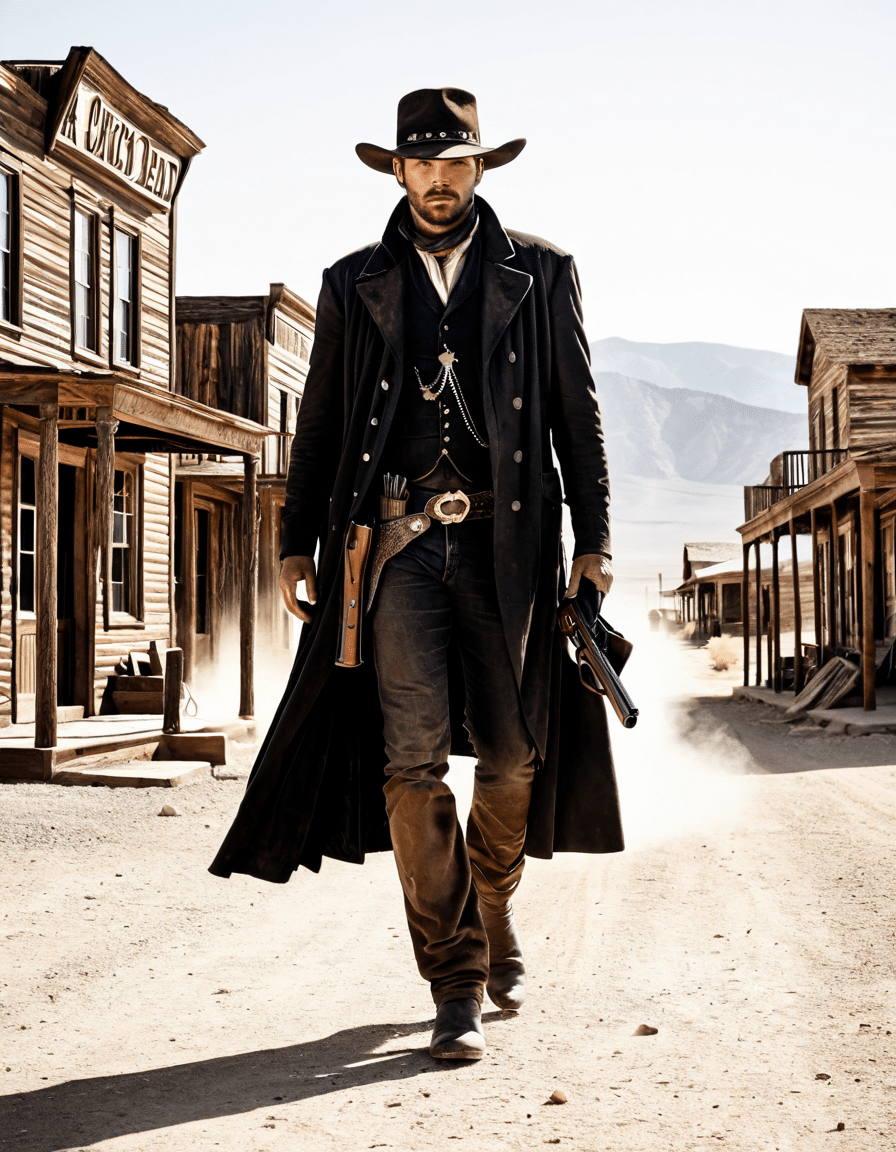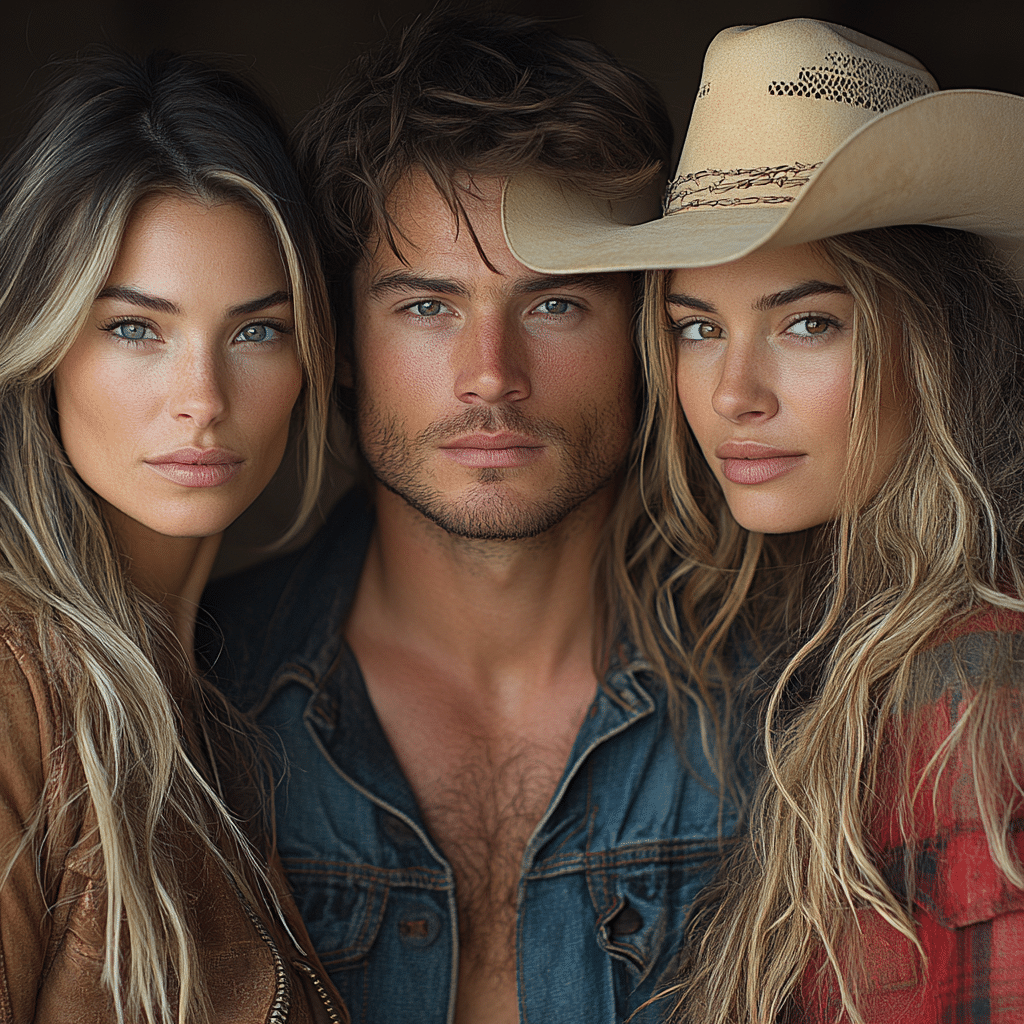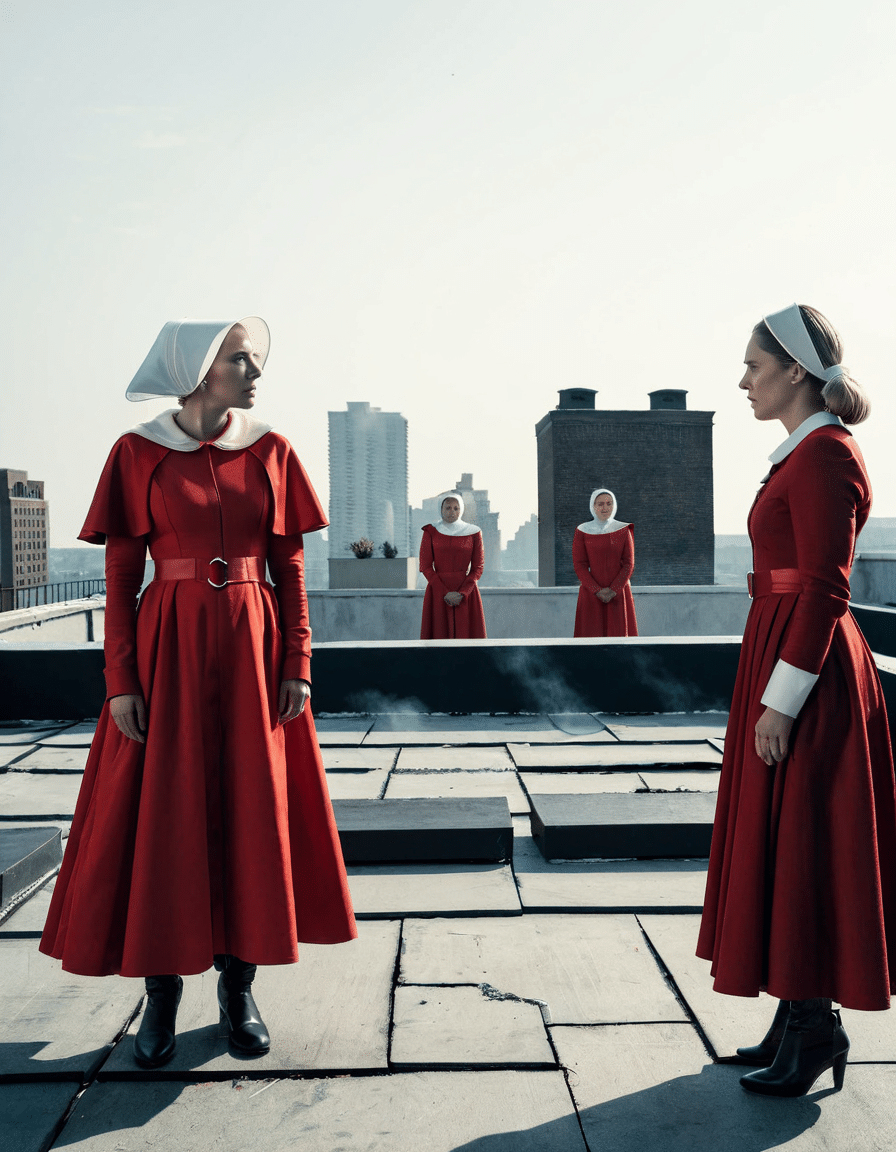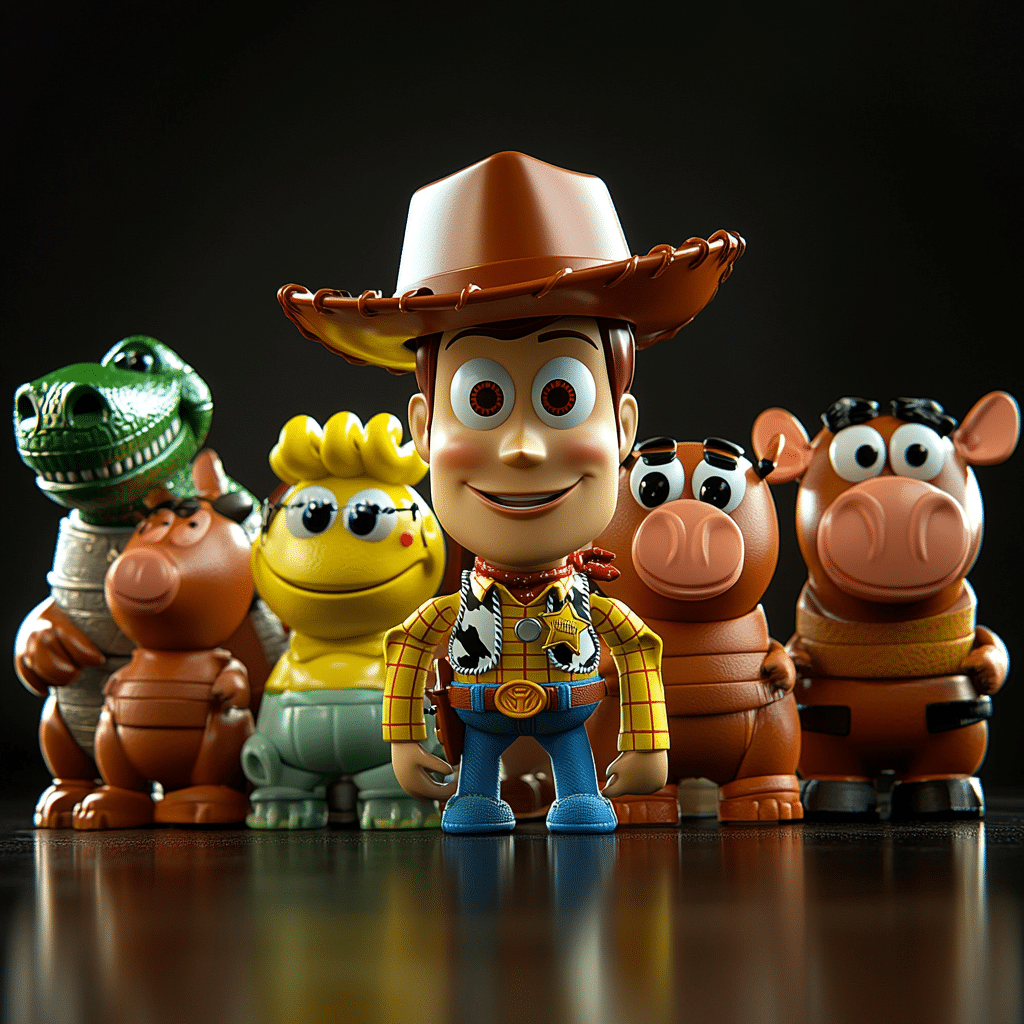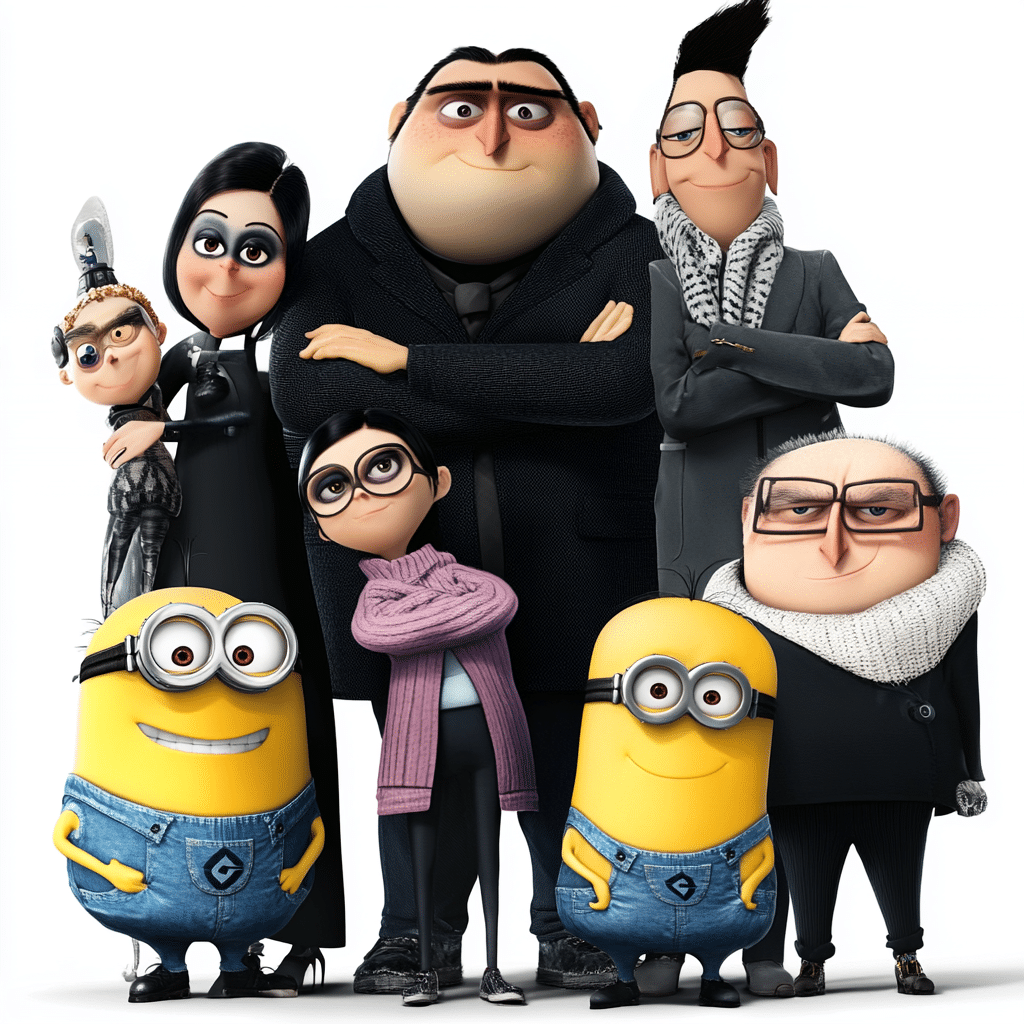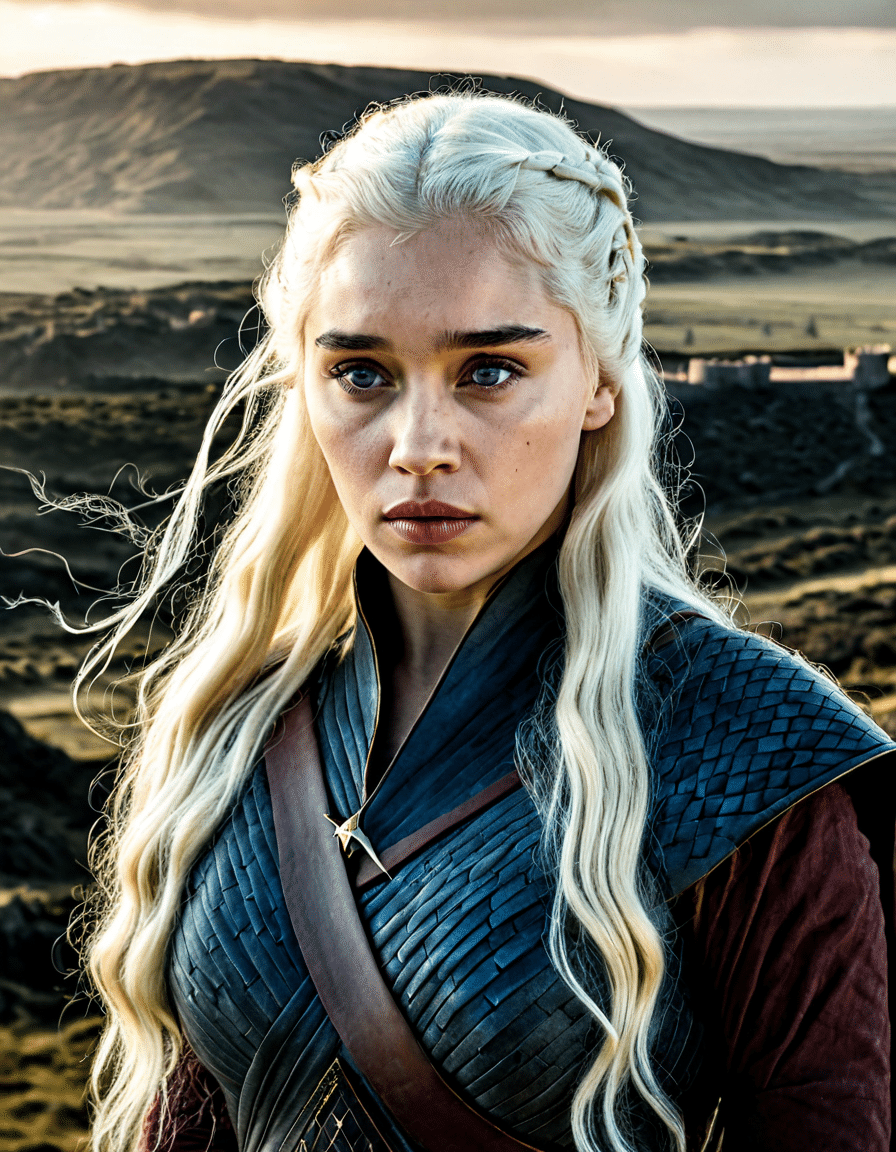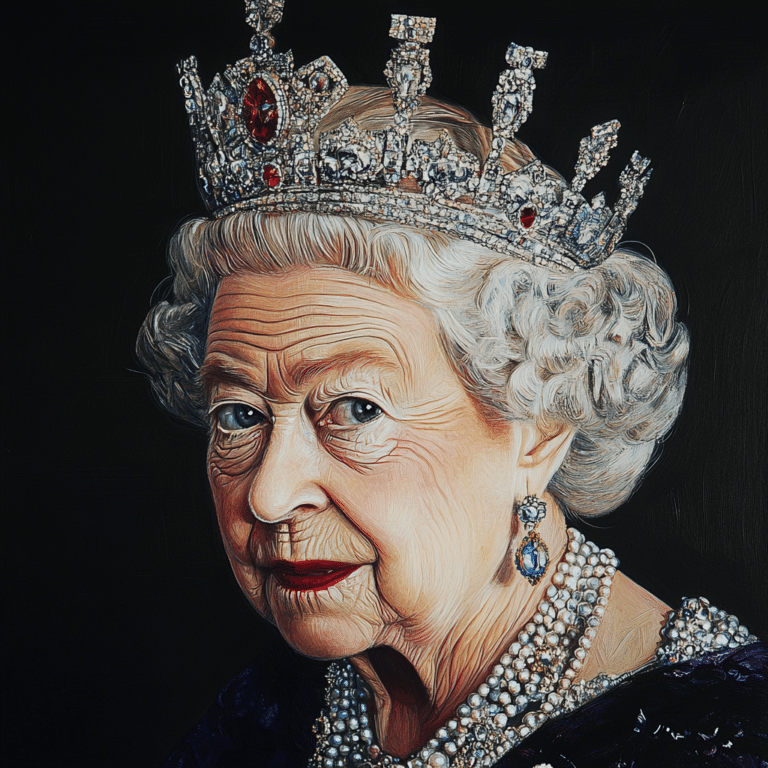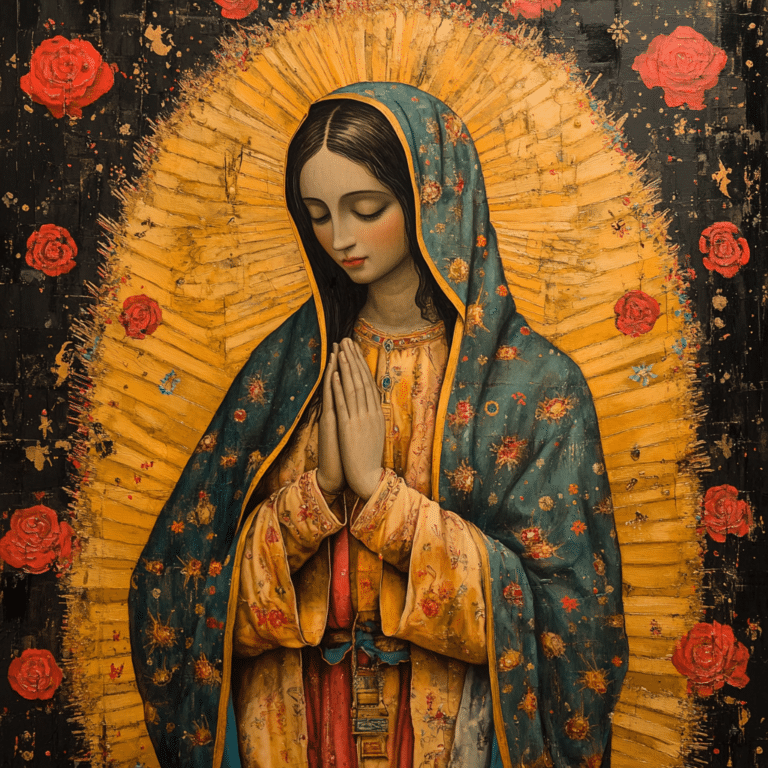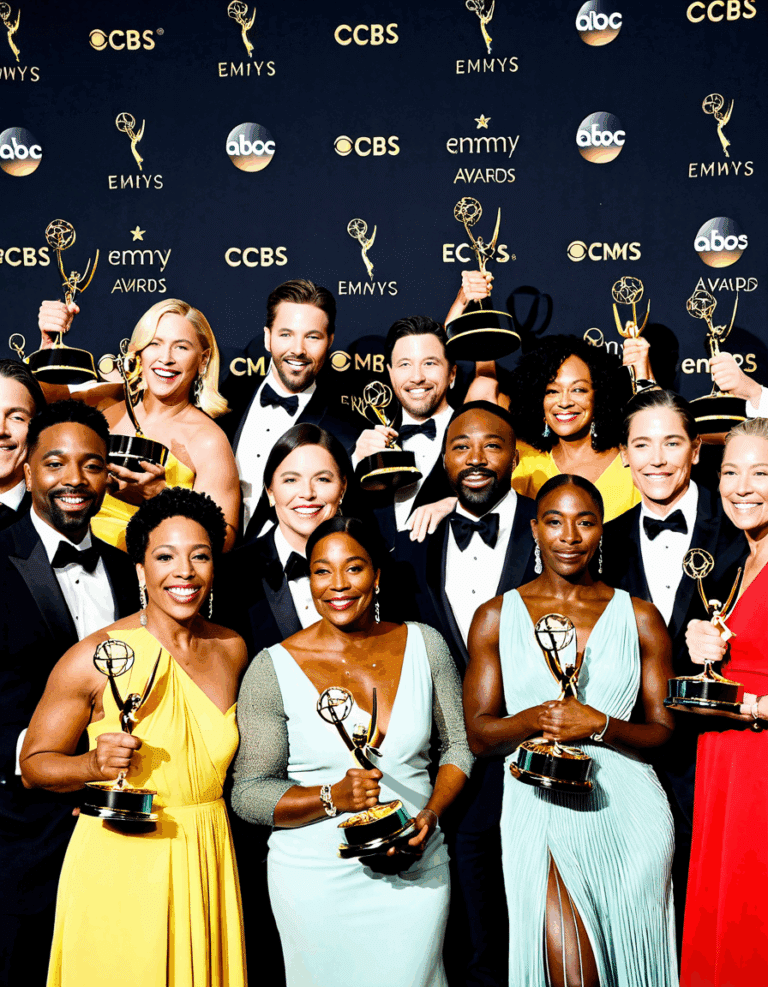Maureen OSullivan: The Iconic Jane of Tarzan Films
Maureen O’Sullivan, a name that resonates with cinematic history, is predominantly remembered for her brilliant portrayal of Jane in the classic Tarzan films of the 1930s and 1940s. She didn’t just play Jane; she redefined what a female character could be in adventure films, standing tall in an era often dominated by male heroes. Join me as we explore O’Sullivan’s legacy, her impact on the character of Jane, and her indelible mark on Hollywood.
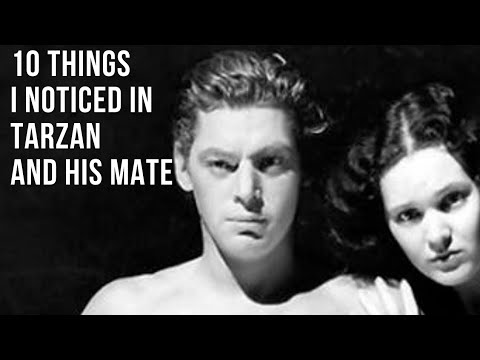
5 Reasons Why Maureen O’Sullivan Defined Jane in Tarzan Films
O’Sullivan brought a refreshing take on femininity to her role as Jane. Early depictions of women often left them playing the damsels in distress card. But Maureen’s Jane was resourceful and resilient, matching Tarzan’s physical prowess at times, which was groundbreaking back in the day. Who wouldn’t want to see a heroine who can handle herself while swinging through the jungle?
When O’Sullivan and Johnny Weissmuller teamed up, magic happened. Their on-screen chemistry ignited a connection that transcended the typical actor dynamic. Films like “Tarzan the Ape Man” (1932) and “Tarzan and His Mate” (1934) showcased how their partnership brought Tarzan and Jane to life, making them one of the most beloved couples in movie history. Their blend of primal energy and civilized charm gave audiences something to swoon over.
O’Sullivan’s portrayal of Jane didn’t stay stagnant. Instead, it evolved—she transformed from a naive woman lost in the jungle to a confident partner who held her own beside Tarzan. This growth mirrored the women’s liberation movements gaining momentum during the 20th century. O’Sullivan’s nuanced performance added depth to her character, making it such that viewers could relate to and root for Jane’s journey.
Maureen O’Sullivan set the bar high, and future adaptations learned a thing or two from her portrayal. Her Jane became the template for characters in movies like “Greystoke: The Legend of Tarzan, Lord of the Apes” (1984) and even the animated “Tarzan” (1999). Each subsequent portrayal borrowed elements of strength and intelligence that O’Sullivan had so expertly crafted.
O’Sullivan’s contribution to cinema didn’t wrap up with Tarzan. Oh no, she was a versatile actress who graced many other films, showcasing her incredible range. Her presence helped break down gender stereotypes in Hollywood, even if it took a while. Nowadays, it’s hard to miss the influence she left behind—look around, and you’ll see strong female leads in numerous films.

Maureen O’Sullivan’s Cinematic Journey: A Deep Dive
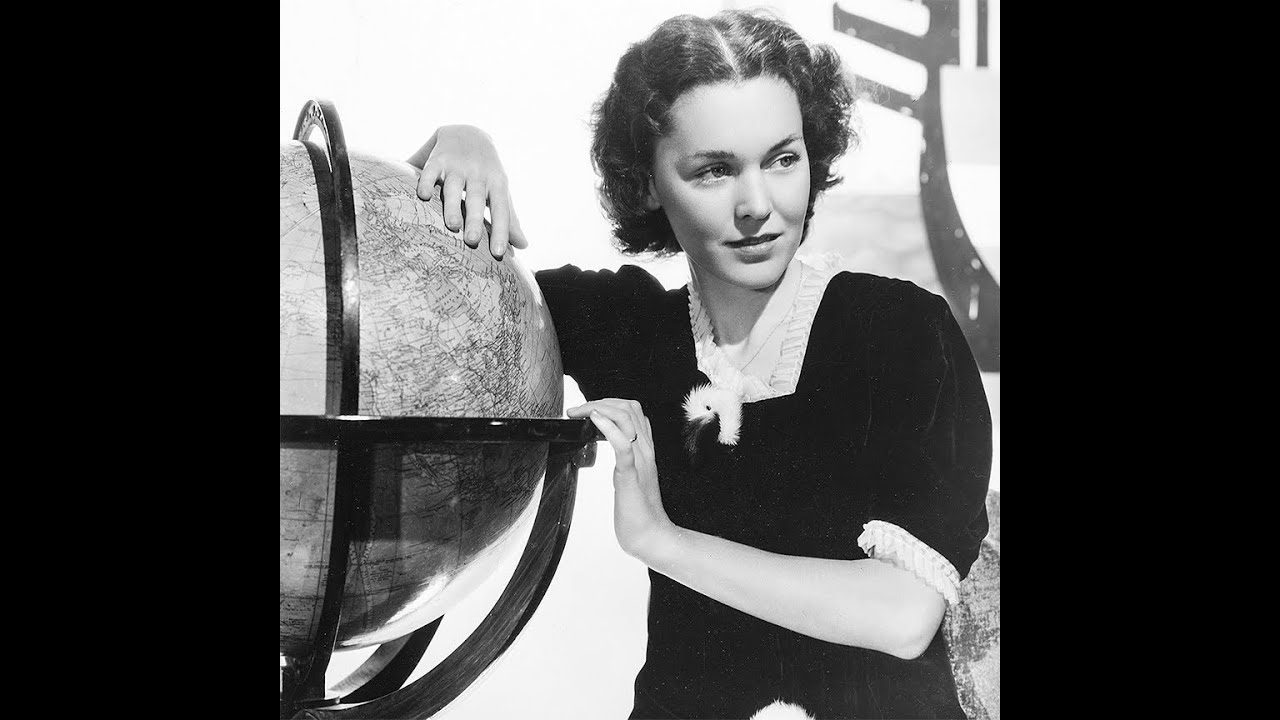
Early Life and Breakthrough Role
Born Maureen Paul O’Sullivan on May 17, 1911, in County Roscommon, Ireland, Maureen moved to the United States where her acting talent became an instant hit with producers. It all took off with her role in “The King and the Chorus Girl” (1937), but landing the role of Jane was what’s catapulted her into stardom. Can you imagine getting that call? “Hey Maureen, you’re going to play opposite Tarzan!”
Notable Films and Performances
Beyond the Tarzan films, O’Sullivan starred in some real gems including “A Day in the Country” (1946), where she showcased her ability to oscillate between drama and comedy. And let’s not forget her supporting roles alongside major stars like Greta Garbo in “Anna Karenina” (1935). Her performances had a quality that made you cheer for her, no matter the genre.
Personal Struggles and Triumphs
Yet, it wasn’t all sunshine and rainbows. O’Sullivan had her share of personal challenges, most notably a tumultuous marriage with director John Farrow. Despite these struggles, she emerged resilient, managing to balance her family life with seven kids—yes, seven!—while remaining a beloved actress. It’s that kind of dual existence that makes her story even more inspiring.

Reflecting on Maureen O’Sullivan’s Impact on the Film Industry
When we talk about Maureen O’Sullivan, we’re talking about more than just her performances. Her legacy reshaped women’s roles in adventure films at a time when such representations were far too rare. By succeeding in portraying a strong Jane, she played a crucial part in the ongoing dialogue about female representation in cinema.
Today, her influence remains potent. You can see echoes of her work in modern films with strong female leads who spark conversations about women’s complexities. Maureen O’Sullivan stands as a symbol of strength and resilience, encouraging future generations of actresses to boldly step into their roles, paving the way for change.
In conclusion, as we celebrate iconic figures in film, Maureen O’Sullivan’s portrayal of Jane will always stand out. She proves that when given the opportunity, women can be more than just side characters; they can be the driving force of a narrative. Her work still serves as a reminder of the significance of representation, showing us that strong female characters are not just a fleeting trend—they’re here to stay. So next time you’re streaming those classic Tarzan films, remember the trailblazer behind the iconic role. Maureen O’Sullivan isn’t just a name; she’s part of cinematic history, inspiring viewers long after the credits roll.
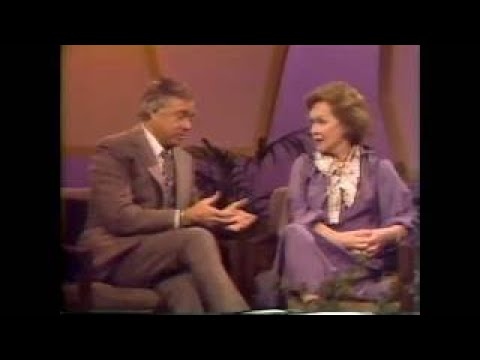
Maureen O’Sullivan: The Iconic Jane of Tarzan Films
A Star’s Journey
Maureen O’Sullivan was born in 1911 in County Dublin, Ireland. With her enchanting smile and captivating presence, she quickly made a name for herself in Hollywood. She starred in the classic “Tarzan” films in the 1930s, acting alongside Johnny Weissmuller, who portrayed the titular character. What’s fascinating is that O’Sullivan wasn’t just a pretty face; she was an educated woman who pursued studies at the University of Washington. This academic background lent her a unique perspective on the roles she took on, allowing her to bring depth to Jane, an iconic character easily dismissed by many.
How’s this for a fun tidbit? While O’Sullivan might be remembered for her roles in films like “Tarzan and His Mate,” she took on a wide variety of projects throughout her career, appearing in films such as “The Thin Man” and “A Day at the Races.” Her versatility was remarkable as she effortlessly transitioned from drama to comedy. Timing was everything back then, especially with the ever-popular concept of star power battling for the big screen. And speaking of timing, don’t forget to check out the latest news on Rooftop Snipers—there’s more excitement brewing there than you’d expect!
Life Beyond the Screen
Outside of acting, O’Sullivan faced personal challenges, including the ups and downs of family life. She married director John Farrow, and they had seven children together. While many may associate her with her glamorous screen presence, she was also a nurturing mother, juggling family responsibilities alongside her filming schedule. Isn’t it intriguing how the lives of celebrities can be just as enthralling as the stories they portray on the big screen? If you’re keen on exploring other faces of talent, you might want to look up Doris Roberts’ movies and TV shows; her charm and humor make her a timeless figure worth celebrating.
You might also be surprised to know that Maureen O’Sullivan’s role as Jane gave her a lasting place in pop culture history. The enduring legacy of the Tarzan films continues to influence adaptations today, cementing O’Sullivan’s significance in the genre. Interestingly, she was one of the first action-heroine archetypes, paving the way for future female characters in adventure cinema. So, there’s a lot more to chew on than just her famed love story with Tarzan—her influence is substantial! By the way, how about taking a moment to discover some charming Airbnb options in Glasgow? It seems like a great getaway idea, especially if you’re inspired by classic cinema!

Is Maureen O’Sullivan Mia Farrow’s mother?
Yes, Maureen O’Sullivan is the mother of Mia Farrow, the acclaimed actress known for her roles in films and television.
Did Maureen O’Sullivan have children?
Maureen O’Sullivan had seven children in total: Michael, Patrick, Mia, John, Prudence, Stephanie, and Tisa.
What movies did Maureen O’Sullivan play in?
O’Sullivan appeared in numerous films, including “The Barretts of Wimpole Street,” “Tugboat Annie,” “The Flame Within,” and “Anna Karenina,” showcasing her talent alongside major stars.
Who was the first Jane in the Tarzan movie?
The first actress to portray Jane in the Tarzan movies was Maureen O’Sullivan, who played the role opposite Johnny Weissmuller in multiple films.
Who cut Mia Farrow’s hair?
Mia Farrow’s hair was famously cut by her then-husband, Frank Sinatra, which became a pretty talked-about moment in Hollywood.
Why did Mia Farrow leave Peyton Place?
Mia Farrow left “Peyton Place” to pursue her acting career in film and focus on her children’s needs, as she had a growing family to care for.
How old are the Sullivan family?
The O’Sullivan family currently spans multiple generations, with Maureen having had seven children, each potentially having their own families now.
How many actresses played Jane in the Tarzan movies?
Over the years, several actresses have played Jane in various Tarzan movies, with O’Sullivan being the most iconic in the early films.
Where is Maureen O’Sullivan buried?
Maureen O’Sullivan is buried at the Trinity Church Cemetery in New York City, where she rests alongside other notable figures.
How many Tarzan movies did Johnny Weissmuller make?
Johnny Weissmuller starred in a total of twelve Tarzan films, making a lasting impact on the character and its legacy.
What sitcom did Jane Wyman play in?
Jane Wyman starred in the classic sitcom “Falcon Crest,” where she played the lead role of Angela Channing.
What movie did Kate Jackson play in?
Kate Jackson played the role of Sabrina Duncan in the famous TV series “Charlie’s Angels,” which gained massive popularity in the 1970s.
Did Tarzan and Jane have a baby?
In the original Tarzan stories, Tarzan and Jane do have a child named Boy, though this aspect varies in different adaptations.
What ethnicity is Jane from Tarzan?
Jane from Tarzan is often depicted as a Caucasian woman, as the character originated from the early 20th-century novels.
Is Tarzan based on a true story?
Tarzan itself is a fictional character created by Edgar Rice Burroughs, and while it’s inspired by some real-world settings and concepts, it is purely a product of imagination.



